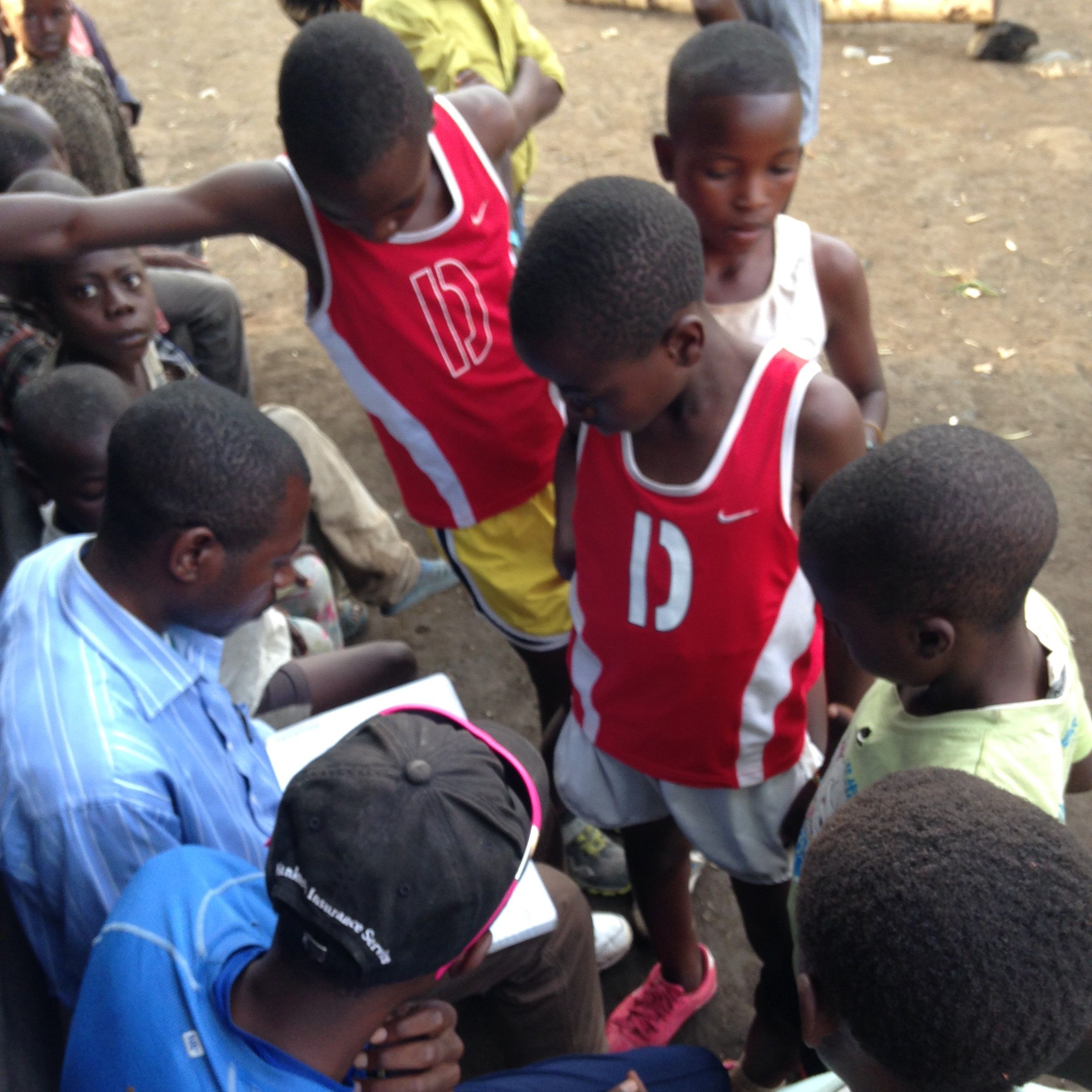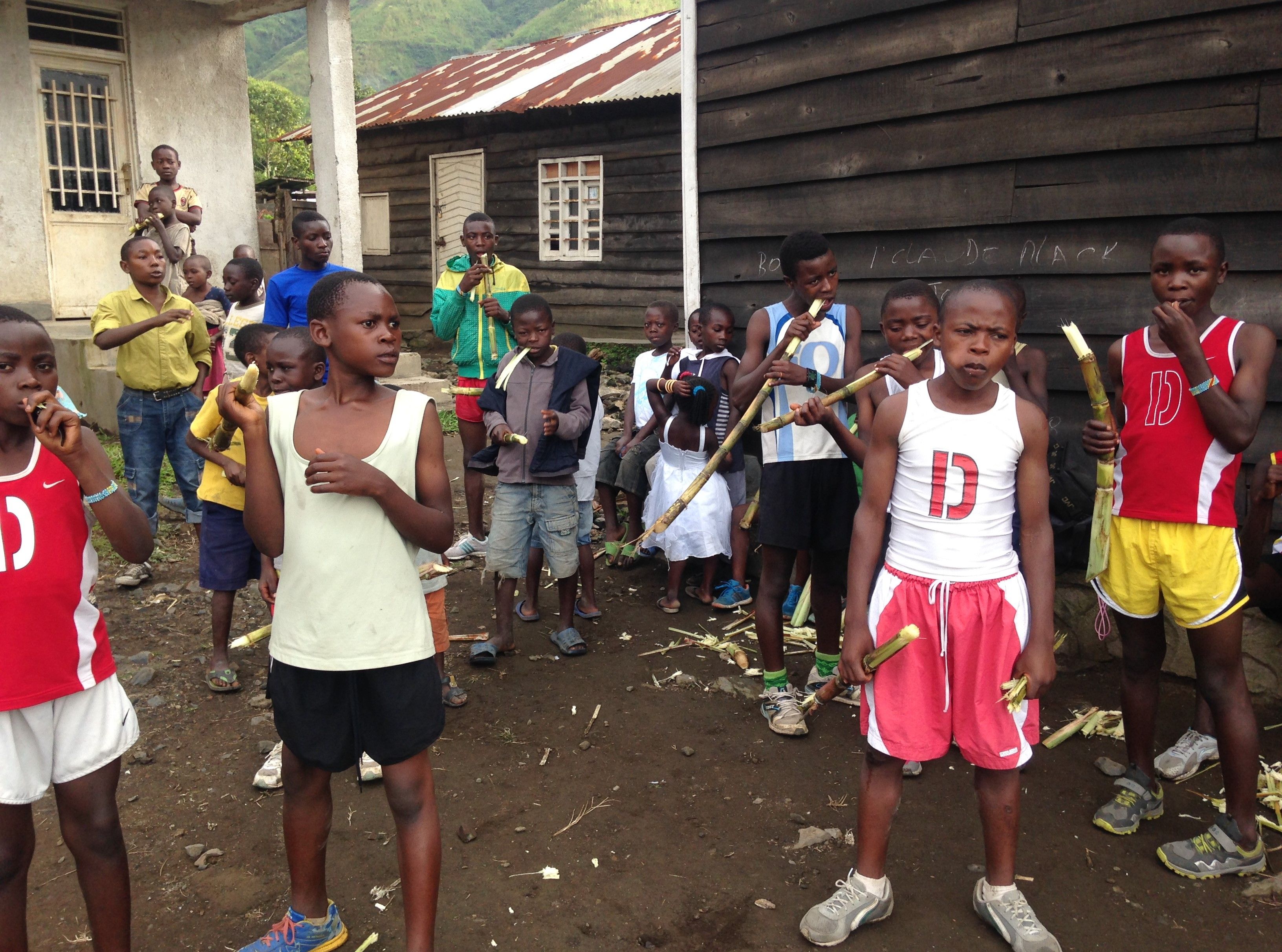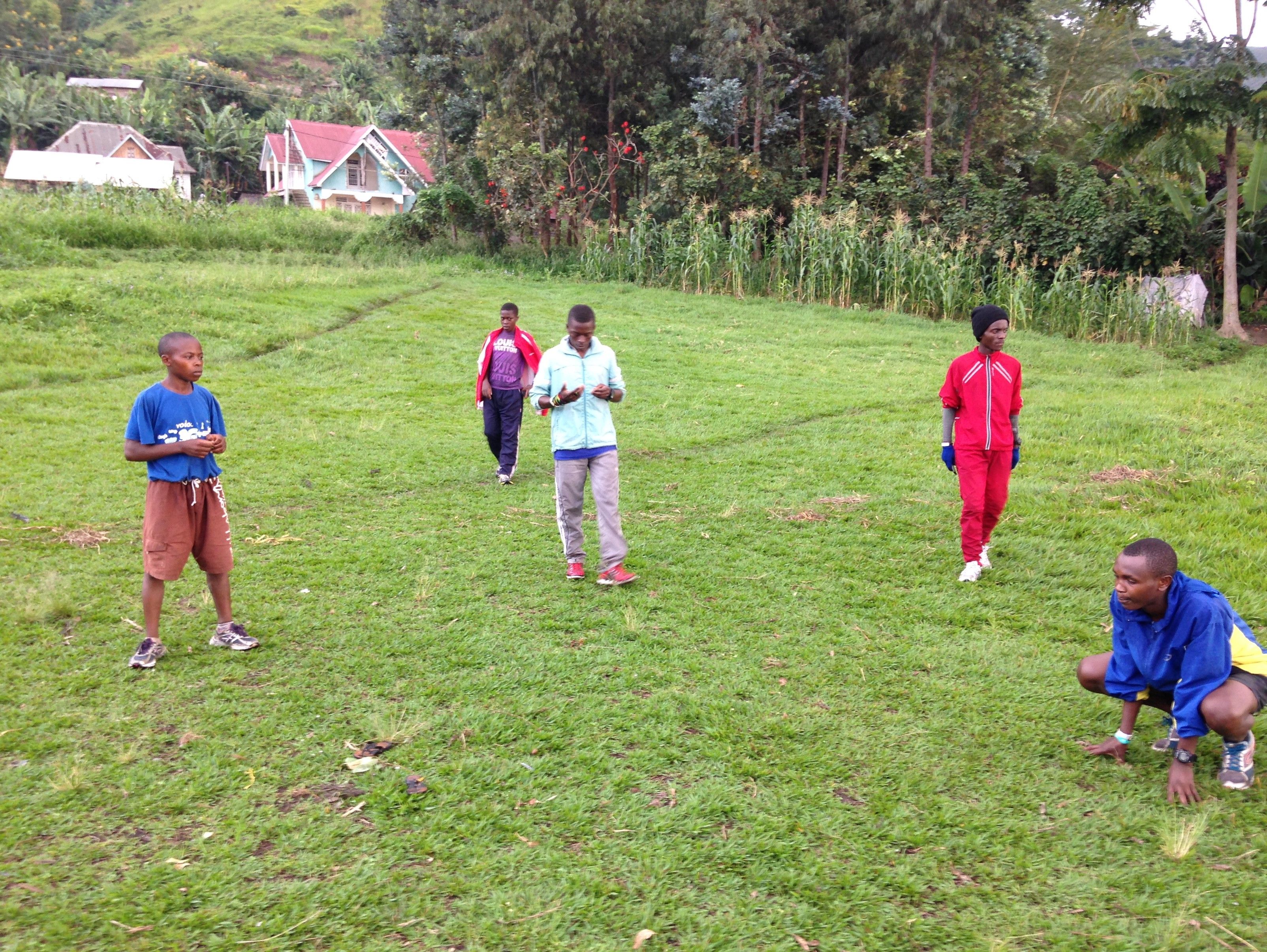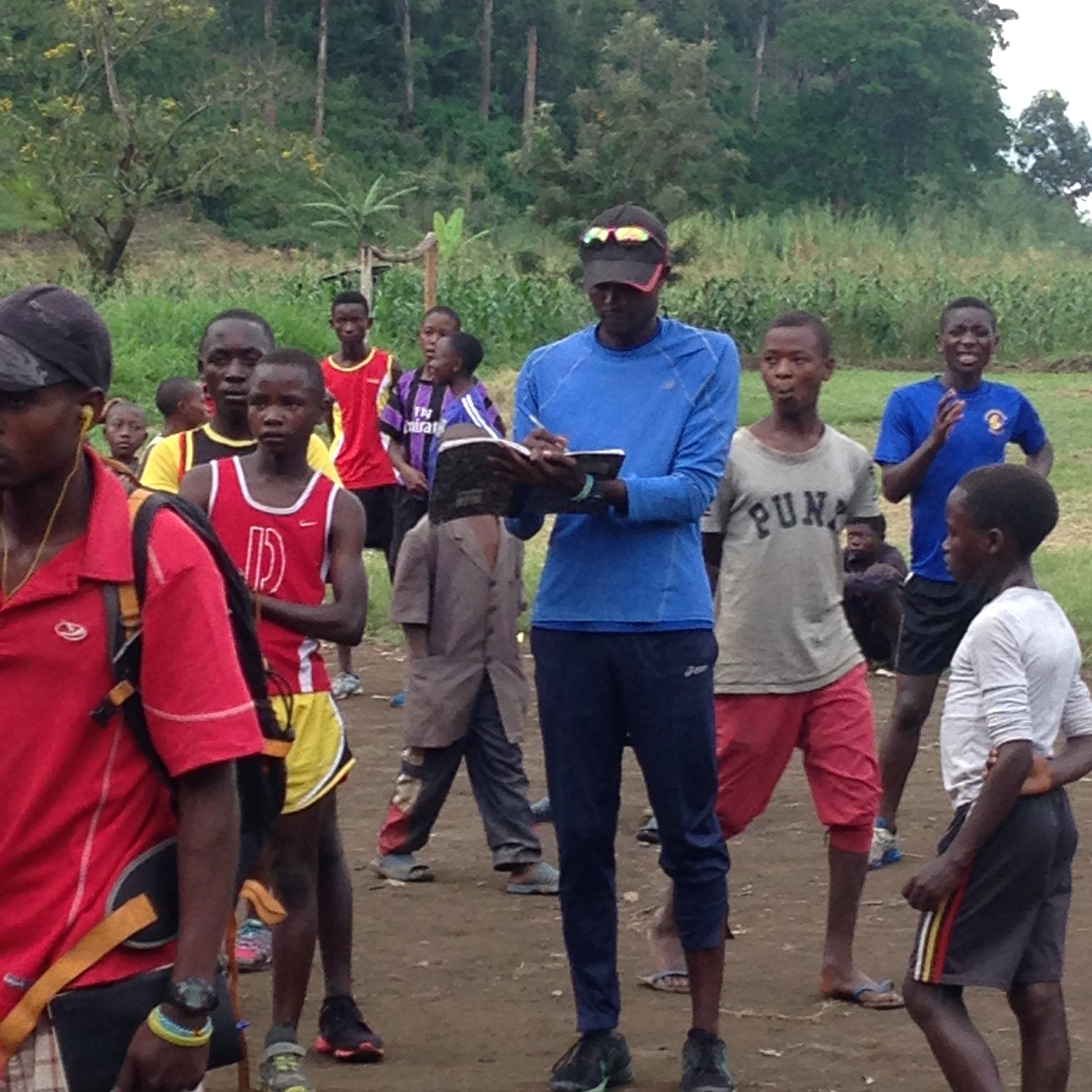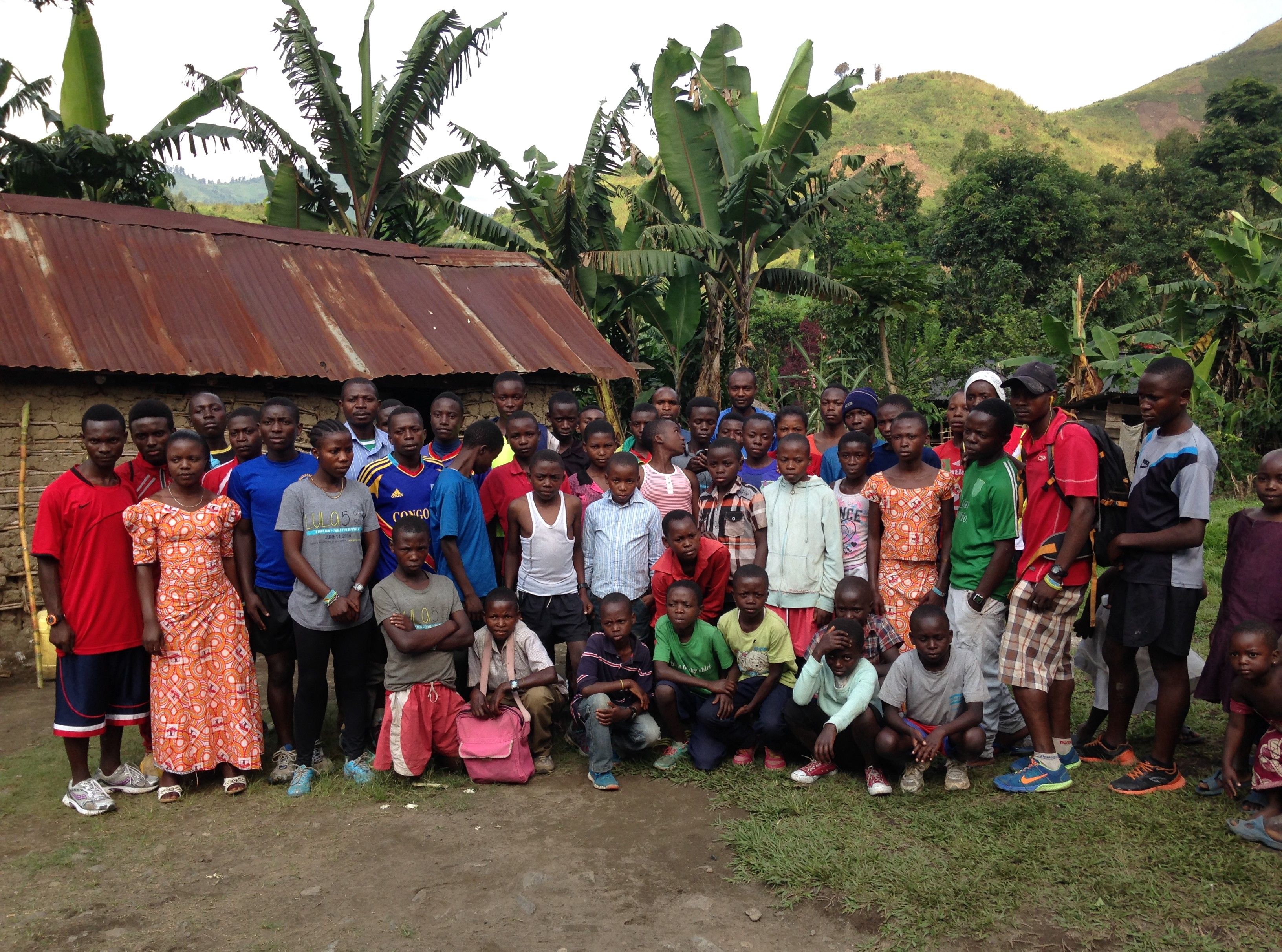Introducing the Lesson
1. Locate the Democratic Republic of Congo (DRC) on a map of Africa. What countries surround the DRC? Kirotshe is located to the northwest of Lake Kivu. Can you find Lake Kivu on the map? Where is Goma, one of the largest cities in Eastern Congo?
2. The land in Eastern Congo is fertile and rich in minerals and natural resources. Do your own research on Eastern Congo. What are its main agricultural products? Minerals? Natural resources? Export products?
3. Eastern Congo has been the scene of conflict since 1996. More than 5 million people have died as a result of war in the last 20 years. What are the root causes of the conflict? Why do you think the conflict continues to this day?
For more information see:
"History of the Eastern Congo" on the Eastern Congo Initiative website
"The Eastern Congo InfoGuide Presentation" on the Council on Foreign Relations website
Introducing the Resources: "What Makes the Kids of Congo Run" and "Qualifying for the Olympics: Defying the Odds"
Read the Resource articles "What Makes the Kids of Congo Run" and "Qualifying for the Olympics: Defying the Odds" by Daniel Socha.
Answer the questions that accompany the articles.
Extension Activities:
1. Eastern Congo Initiative (ECI) is an organization focused on working with and for the people of Eastern Congo. View the animation "About ECI" to learn why actor Ben Affleck was inspired to start ECI.
Discuss the importance of community-based approaches and grassroots movements. Give an example of a grassroots organization in your own community. What is its mission? What purpose does it serve? Has it been successful? How do you define success?
2. Congo's Children is an e-book that shows how the the country's youth have seen their lives threatened, their families torn apart, and their schools destroyed. Many are homeless, some are born of rape, and others are orphaned by war. Several chapters feature grassroots organization that are making a difference in children's lives. You can download the book here.
What are some of the challenges children face? Show how different grassroots organizations are making a difference in their lives. Students can take turns presenting. What is the mission of each organization? What purpose does it serve? Has it been successful? How do you define success?
This lesson serves to introduce students to the situation in Eastern Congo, the challenges youth face, and ways to effect change. "What Makes the Kids of Congo Run" by Daniel Socha will encourage students to learn more about the country and its history.
Students are asked to analyze the text and to learn more about the geography and history of the Democratic Republic of Congo by pursuing additional activities.
Before starting the lesson teachers may want to familiarize themselves with background material on the conflict in Eastern Congo that can be traced back to 1996. See the Council on Foreign Relations website and the Eastern Congo Initiative website.
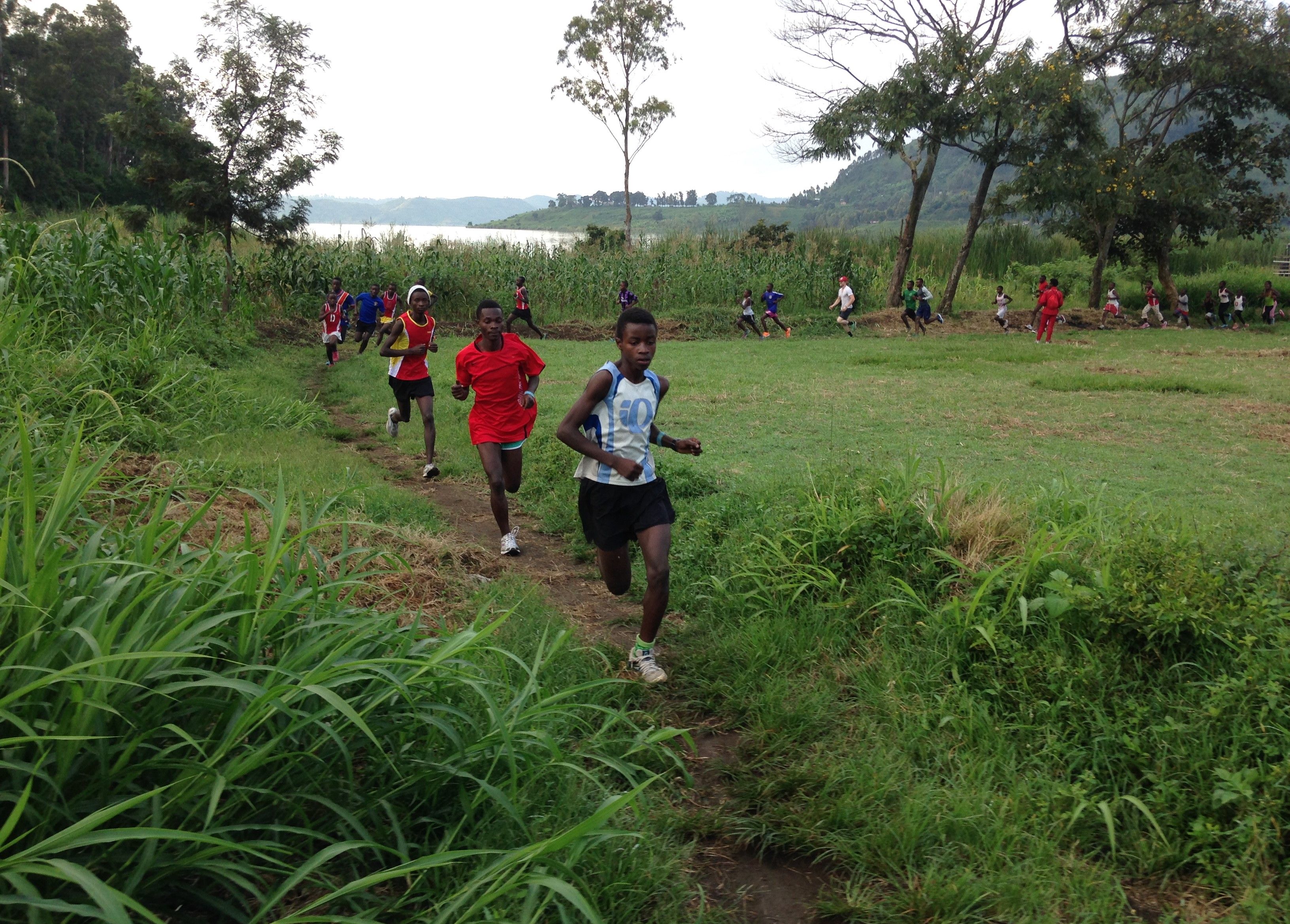


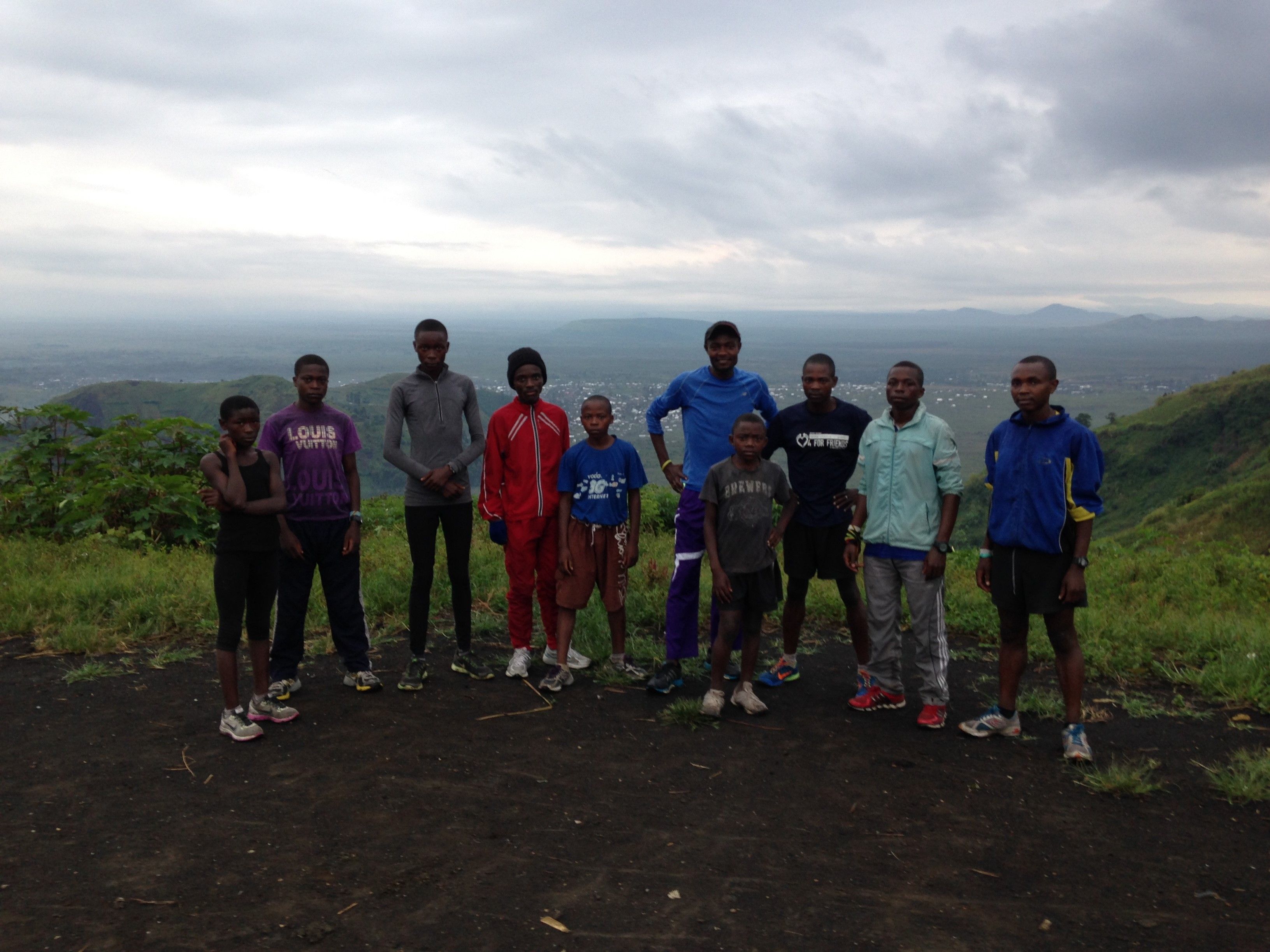
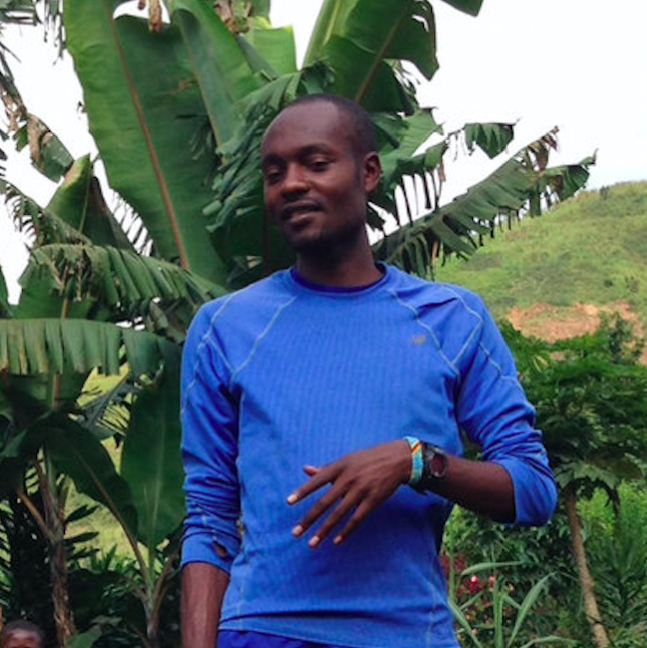
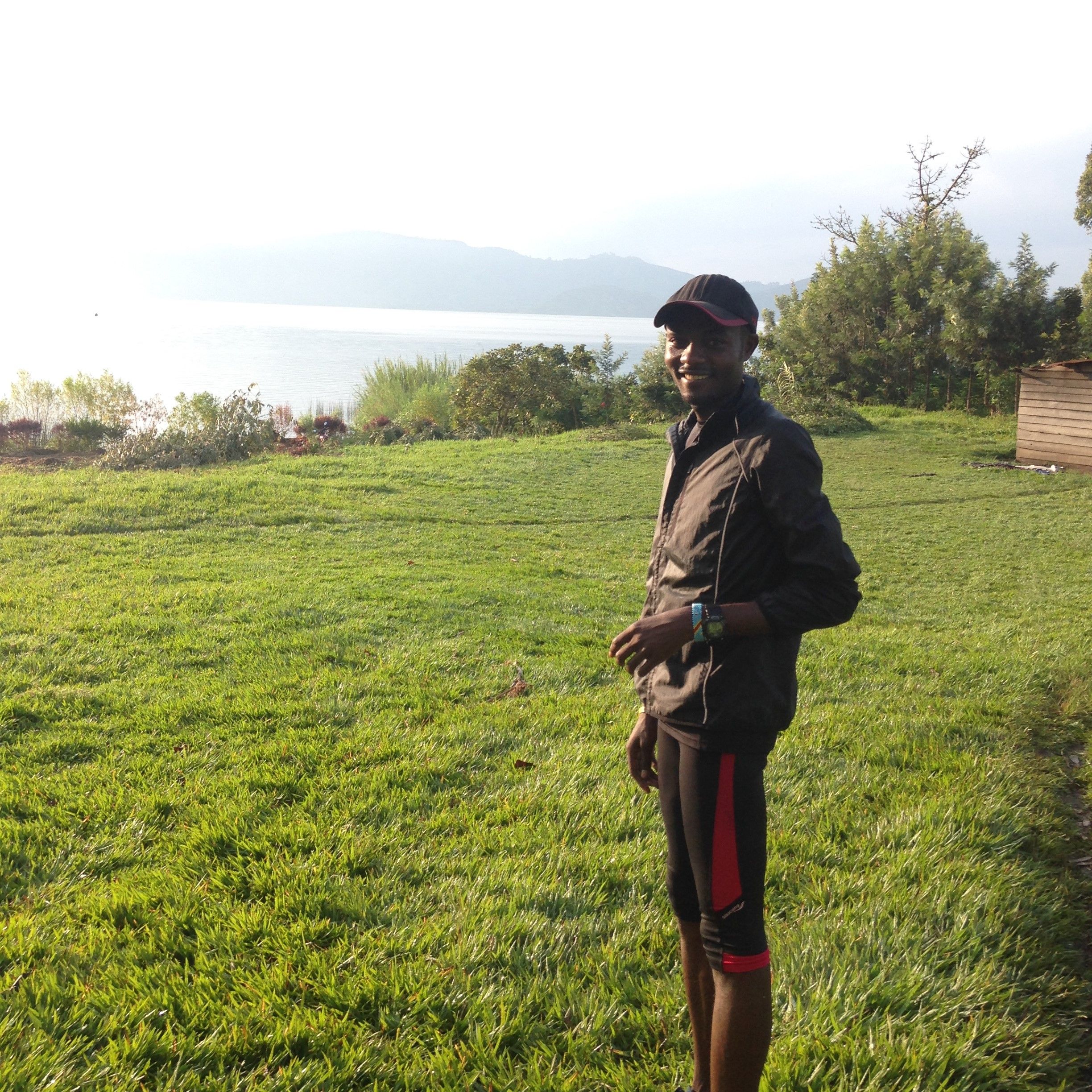
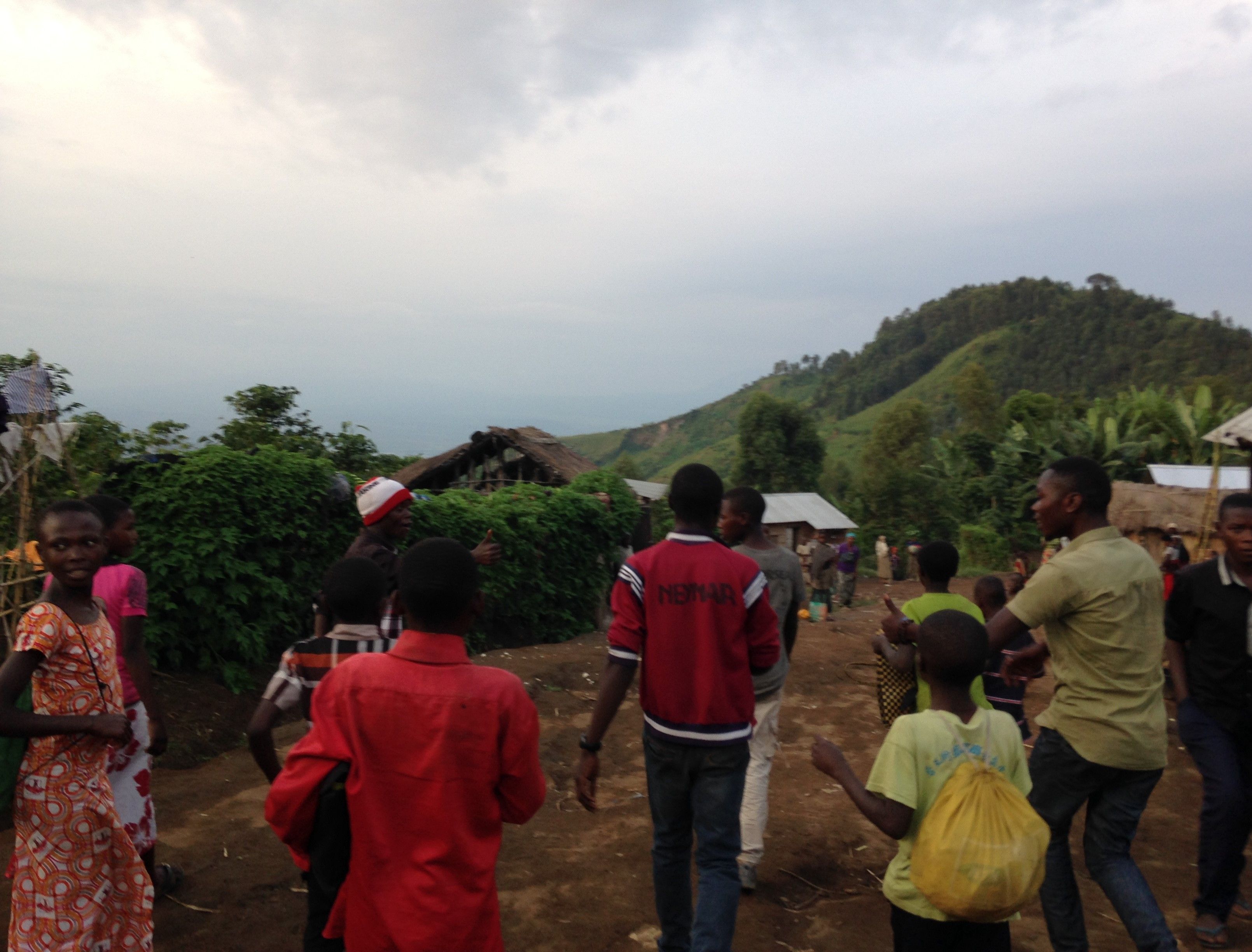
![Beatrice [left] and Faraha [right] run down the main road in Kirotshe for morning practice. At 5 a.m. each morning, the runners of Kirotshe meet for practice before they head to school. Image by Daniel Socha. Democratic Republic of Congo, 2016. Beatrice [left] and Faraha [right] run down the main road in Kirotshe for morning practice](https://legacy.pulitzercenter.org/sites/default/files/styles/node_images_768x510/public/06-29-16/beatrice-faraha-morningpractice.jpg?itok=GFRIRmD7)
